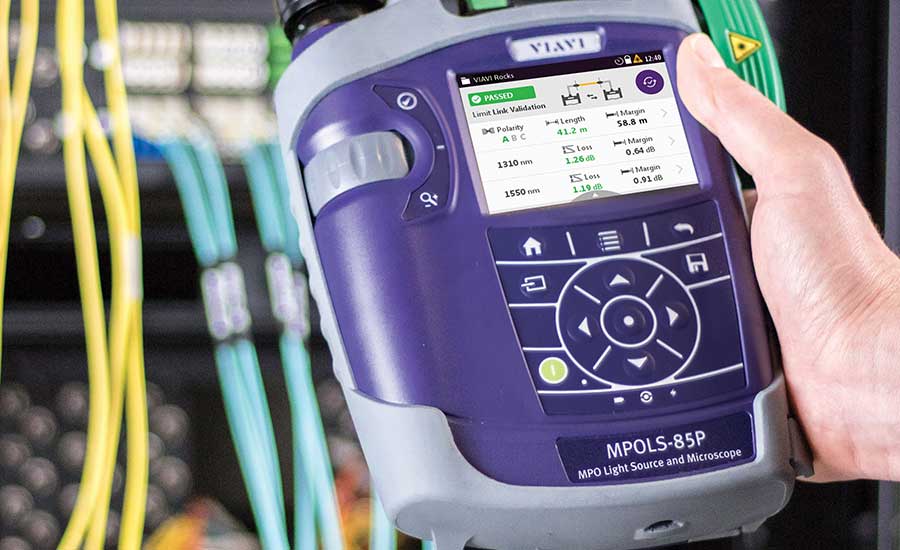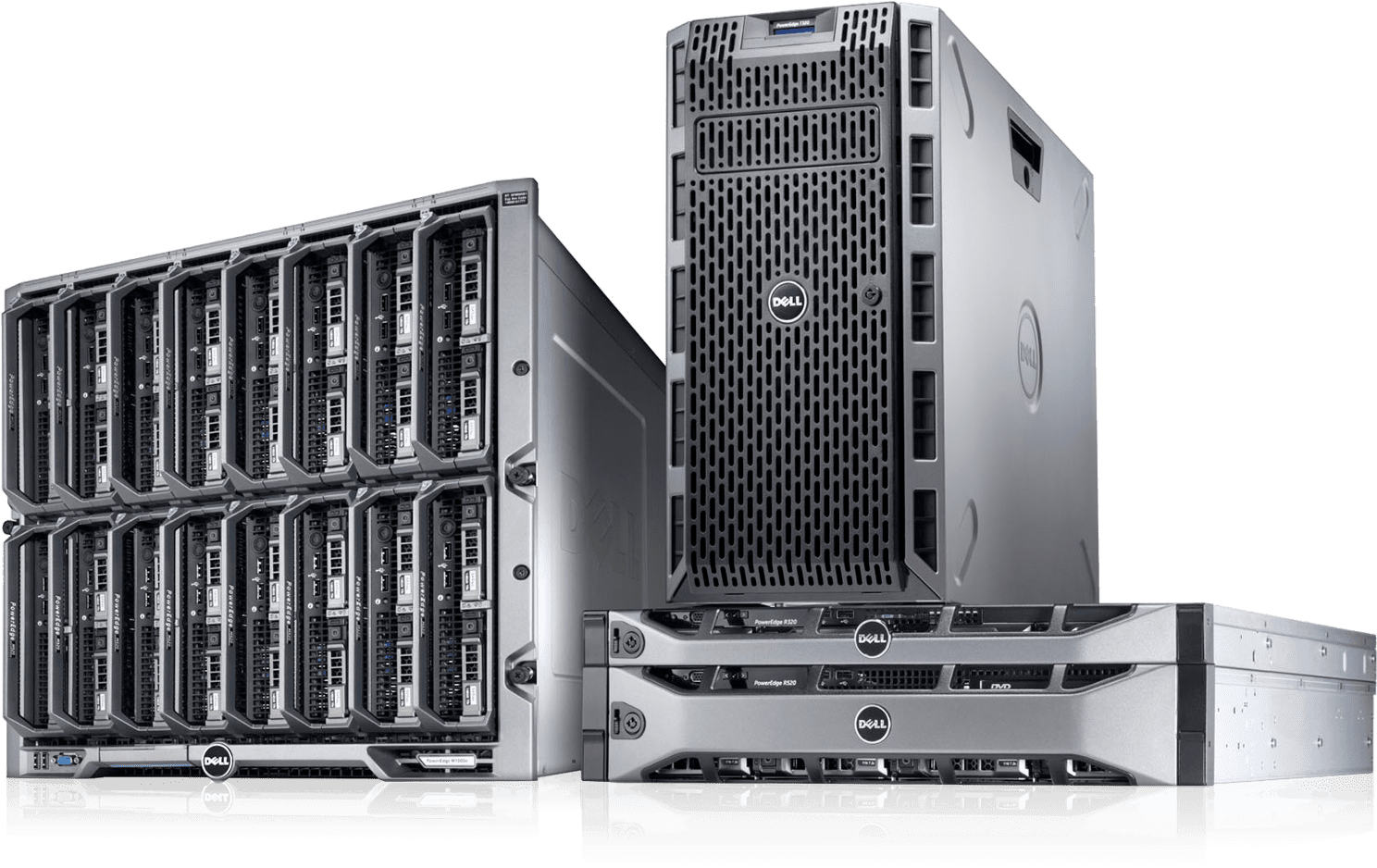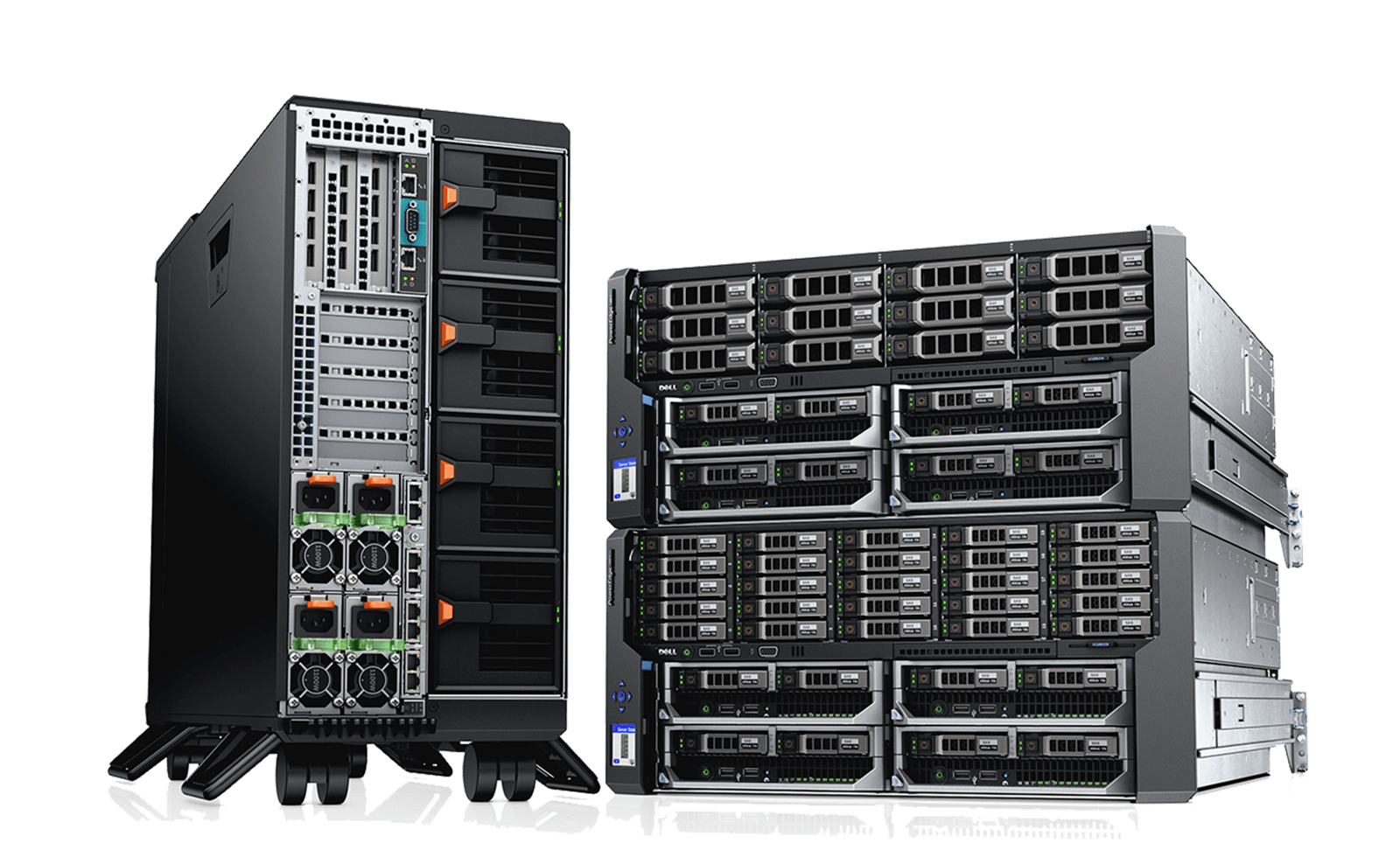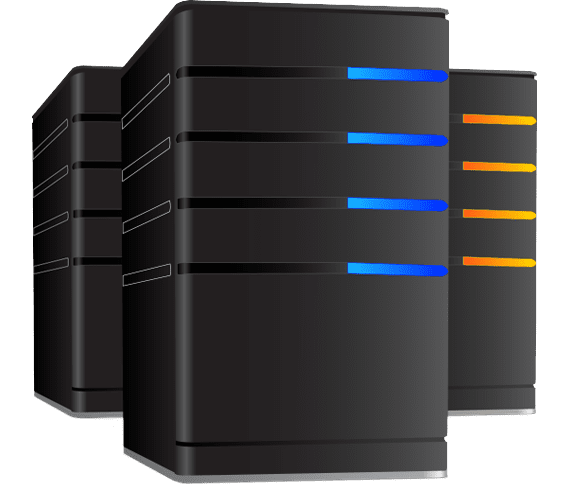Optical Cabling in the Data Center: Preventing Problems Through Testing
These five use cases demonstrate the advantages of DCI measurement

The seamless interconnect of data center facilities is needed to deliver lightning-fast speeds, and yet internet content providers (ICPs) have grown at such a rate there has barely been enough time to create the rigorous testing regiment necessary. Add the rising cost of cabling infrastructure and the array of interoperability protocols to the mix, and the scale of the challenge becomes even more overwhelming.
Looking to the future, as technologies such as AI, machine learning, and the IoT start to mature and proliferate, the data requirements for the engagement economy will extend far beyond social media, entertainment, shopping, and news. Public services, energy infrastructure, and other core sectors will rely on data center performance.
Test and measurement has a critical role to play in ensuring and delivering next-generation networking.
It may come as a surprise that many ICPs do not routinely test their data center interconnects (DCIs). Faster troubleshooting is a huge advantage of testing, but an even greater benefit of it is the power of prevention. Running DCIs at full capacity makes sense, if not just for the fact that buying additional DCI connections can be expensive and resource-intensive.
The following five use cases are good examples of where to start when it comes to testing.
1. Ensure Clean Fiber Connections
Challenge: Contaminated fiber connections are the No. 1 cause of troubleshooting and optical network downtime. Therefore, the most critical element to safeguarding quality fiber connections is ensuring a proper end-face condition. When working with fibers only a few microns wide, any contaminant can be catastrophic.

A fiber cross-connect cable run from a service provider’s POP inside the data center to the customer’s extended demarc at their rack/cage, or between racks, are patch panel-to-patch panel connections.
These fiber connections have very strict loss budgets and are often the source of performance degradation. The addition of multifiber push on (MPO) connectors and ribbon fibers carrying 12 or 24 fibers in a single cable only complicates the situation.

Solution: Best practices dictate that technicians should proactively inspect all fiber connectors prior to connecting them. Purpose-built, handheld, end-face inspection tools give users easy, intuitive, and automated fiber-inspection capabilities for both simplex and MPO fiber connectors.
2. Test and Troubleshoot Physical Cabling Infrastructure
Challenge: While the physical cabling is initially installed and certified to industry standards during network construction, several factors can change after installation (usually during moves, adds, and changes [MACs]) that cause network problems and downtime. Some of these causes include electromagnetic interference (EMI) from copper cabling, reversed polarity in duplex and multifiber MPO connectors, excessive loss caused by contaminated fiber end-faces, and physical stress (micro- or macro-bends) not transmitting light properly.
These issues must be identified and eliminated as a problem’s root cause.
Solution: Cross-connect cables should be tested to industry standards using basic Tier 1 fiber certification requirements for length, optic loss, and correct polarity (which is especially important with MPO).
Using an optical loss test set (OLTS) enables fast and accurate testing for single and multimode fibers with generation of certification reports. For enhanced Tier 2 testing, using an optical time domain reflectometer (OTDR) provides an all-in-one solution to troubleshoot network issues by pinpointing the exact location of any event causing excessive loss. This ensures that cables were terminated and installed properly and are capable of supporting the stringent demands of today’s data centers.
3. Test Active Optical Cable/Direct Attach Copper
Challenge: An active optical cable (AOC) is a fiberized cable based on multimode fibers terminated by pluggable optic cages, such as QSFP or SFP, and needs to be run within a rack, a row, or between adjacent rows inside the data center.

A direct attach copper (DAC) cable is similar but uses copper cables. Often, AOCs are used for short, high-speed interconnection (100 to 200 meters). They are also used to connect a top of rack (TOR) switch to a leaf/spine.
AOC/DAC cables can be the cause of errors due to defects, such as wrong polarities (crossover Type-B versus straight Type-A or manufacturing defects), excessive bends, crushed or squeezed optical fibers, or EMI issues with DACs.
(Here’s that same paragraph a little less nerdy: AOC and DAC assemblies have emerged in data centers as an alternative to the combination of patch cords and pluggables for the short-distance, high-performance computing required.)
AOC/DAC cables are not simply cables but assemblies with multiple components, including optical transceivers (QSFP or SFP) attached to each — but that’s the problem. The fused optics prevent access to the fiber/electrical connectors, making testing a big problem.
Solution: AOC/DAC cables can only be tested with gear specifically designed to do so. With the right test gear, AOC/DAC cables should be tested before they are installed, so bad cables can be identified before being put into production.
4. Perform an Optics Self-Test
Challenge: Pluggable, optical transceiver modules (QSFP, CFPx, and SFPx) are small yet critical components in an optical system. They must also be checked to ensure they are working optimally, yet they are often overlooked or discarded without being tested.
Solution: Handheld tools are available to verify and troubleshoot performance issues related to high-speed optics.
They are especially well-suited to data center environments and help isolate pluggable optics issues. With a single unit, technicians can integrate bit error theory algorithms, clock offset verification, and per-lambda power monitoring.
5. Fiber Monitoring
Challenge: The optical connections between data centers are mission critical, so DCOs should constantly monitor those fiber links and be quickly alerted to any fiber degradation or intrusion, especially if cuts are present. Without the proper technology and alarm system, it can take days to identify and pinpoint the location of a cut, negatively impacting customer SLAs.

A second consideration, and potentially more important, is data security and being able to quickly detect network intrusions. Tapping into a fiber network can’t be seen by monitoring the data layer, and these nonintrusive taps give access to 100% of data traversing a fiber link. The good news is that tapping a location can be detected by fiber monitoring.
Solution: Rack-mounted OTDRs are available that continuously monitor critical fibers in small optical networks.
They can be run right out of the box with no training or IT configuration. When a fiber event occurs, it alerts users within minutes (email, SMS, or SNMP) to help lower MTTR, improve network security, and boost SLA performance.
As you can see, data center monitoring and orchestration tools are now increasingly agile and automated to support the new needs of data center infrastructure.
Rigorous test and measurement can help ICP manage change, speed network buildouts, maintain uptime, and even head off issues before problems arise.


